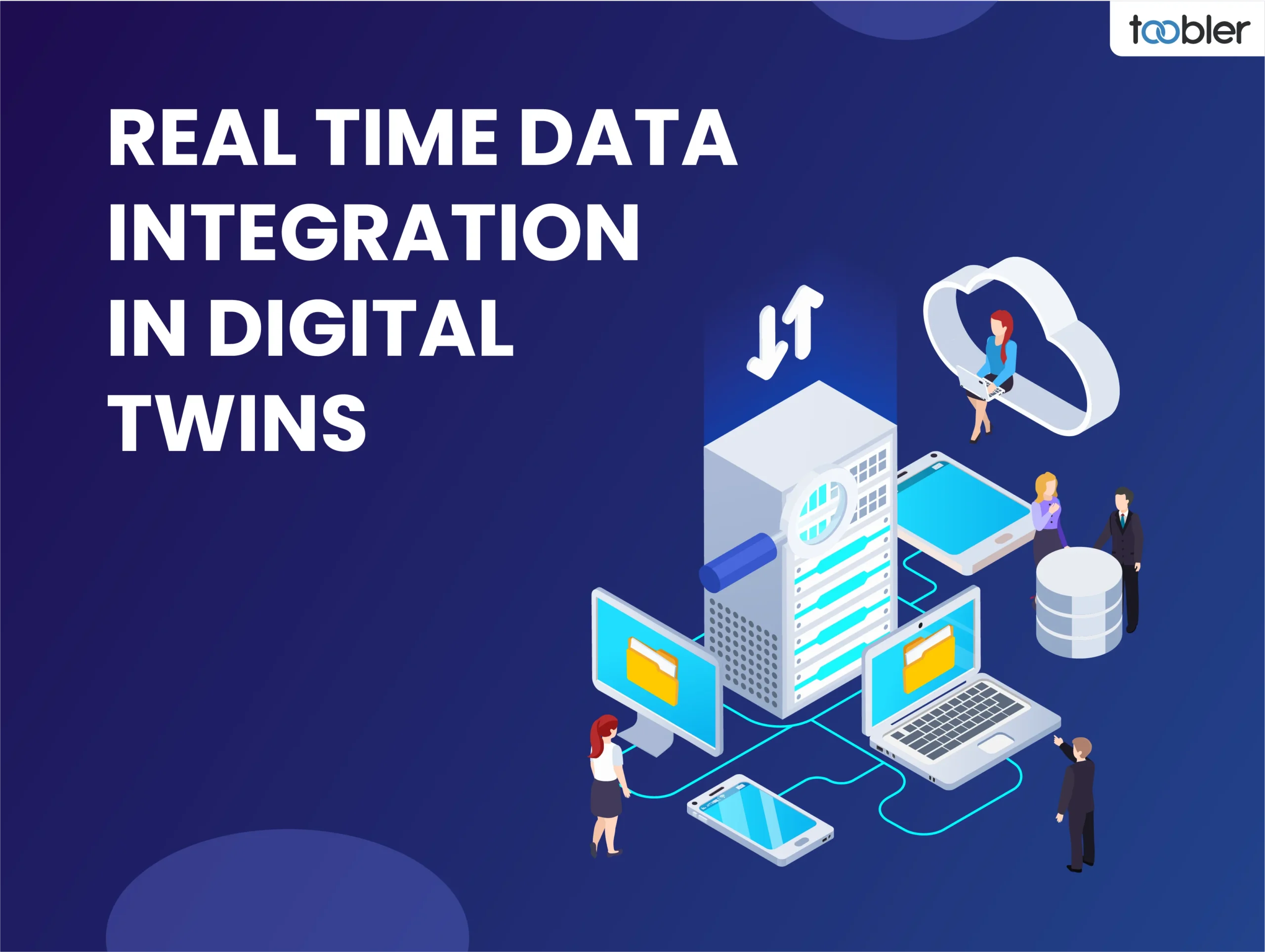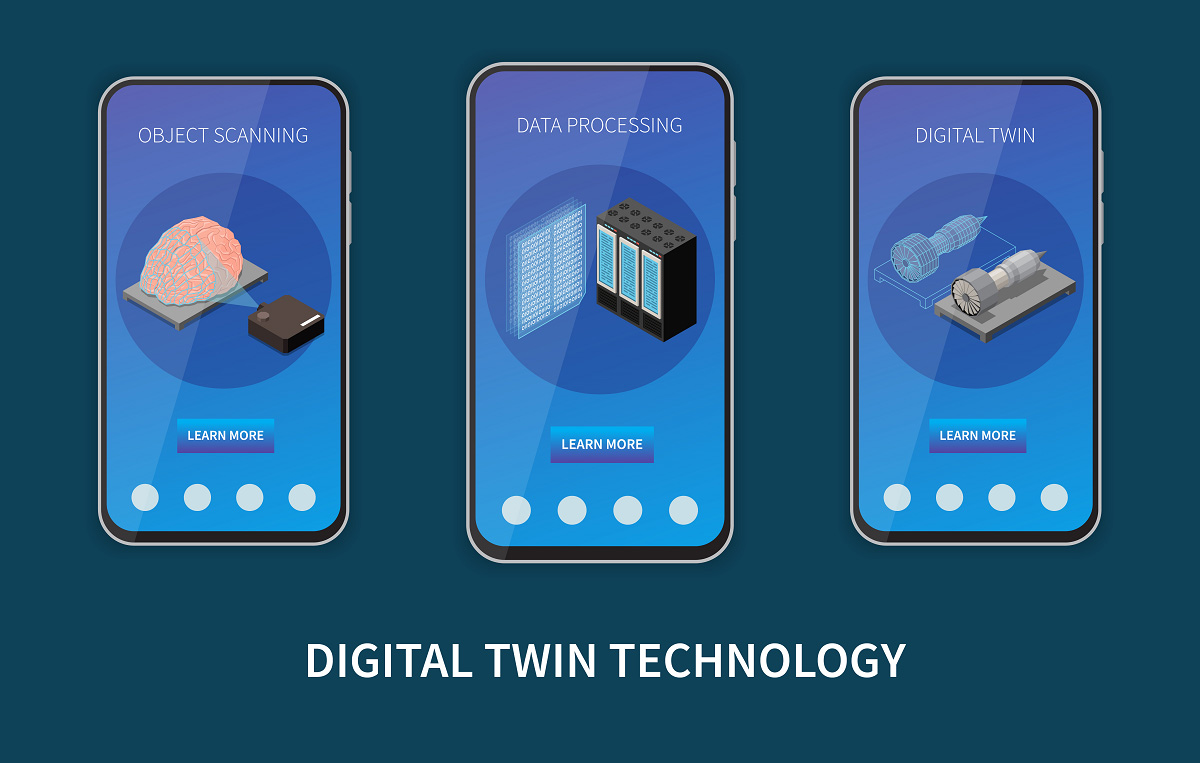Technology
Digital Twins: Simulating Real-World Objects and Systems

In today’s increasingly interconnected world, the ability to understand and optimize complex systems is more critical than ever. Enter digital twins, a revolutionary technology that bridges the physical and digital realms. By creating virtual replicas of real-world objects and systems, digital twins offer a powerful tool for simulation, analysis, and improvement. This blog delves into the fascinating world of digital twins, exploring their core principles, diverse applications, and the profound impact they are having on various industries.
Beyond the Blueprint: The Essence of Digital Twins
A digital twin is not just a 3D model. It’s a dynamic, data-driven representation of a physical entity. This virtual replica continuously collects and analyzes real-time data from sensors embedded within the physical system. The data can encompass everything from temperature and pressure readings in a machine to traffic flow patterns in a city. By integrating this data with physics-based models and machine learning algorithms, digital twins can simulate the behavior of the real-world system in a virtual environment.
Real-Life Example 1: Designing a More Fuel-Efficient Airplane
Imagine creating a virtual replica of an airplane, complete with all its systems and flight dynamics. By simulating different engine configurations and wing designs in the digital twin, engineers can optimize the airplane’s performance and fuel efficiency before building a single physical component. This approach saves time, resources, and ultimately reduces the environmental impact of air travel.
Building the Virtual Counterpart: Key Components of a Digital Twin
A comprehensive digital twin typically comprises several key components:
- Physical System: This is the real-world object or system being represented, equipped with sensors that gather data on its performance and condition.
- Data Acquisition: Sensors continuously collect data from the physical system, including temperature, pressure, vibration, and other relevant parameters.
- Data Modeling: This stage involves creating a digital model of the physical system using engineering software and incorporating real-world data. This model can be a 3D representation or a more abstract mathematical model.
- Analytics and Simulation: Machine learning algorithms analyze the collected data and use it to simulate the behavior of the physical system in the virtual environment. This allows engineers to predict potential issues, optimize performance, and test different scenarios without impacting the real system.
- Visualization: The results of the simulations are often presented through user-friendly dashboards and visualizations, allowing for easy interpretation and decision-making.
Real-Life Example 2: Optimizing Performance in a Factory Setting
A factory can leverage digital twins to create a virtual replica of its production line. Sensors on machines monitor performance metrics like energy consumption and potential for equipment failure. By analyzing this data in the digital twin, manufacturers can identify bottlenecks and optimize production processes, leading to increased efficiency and reduced downtime.
The Power of Prediction: Unveiling the Benefits of Digital Twins
Digital twins offer a multitude of benefits across various industries. Here are some key advantages they bring to the table:
- Improved Design and Development: Digital twins allow for virtual prototyping and testing of new designs before physical construction begins. This reduces development costs, accelerates time to market, and minimizes the risk of design flaws.
- Predictive Maintenance: By analyzing sensor data and predicting potential equipment failures, digital twins can help schedule maintenance proactively, preventing costly breakdowns and ensuring optimal system uptime.
- Enhanced Operational Efficiency: Digital twins can simulate different operating scenarios, allowing for optimization of processes and resource utilization. This leads to increased productivity, reduced energy consumption, and improved sustainability.
- Training and Education: Digital twins can be used to create realistic training simulations for complex systems. This allows personnel to learn and practice procedures in a safe and controlled virtual environment.
Real-Life Example 3: Digital Twins in Action for Wind Turbine Maintenance

Wind turbine operators are using digital twins to monitor the health and performance of their turbines. By analyzing sensor data and wind patterns in the digital twin, they can predict potential maintenance needs and schedule repairs before failures occur. This proactive approach minimizes downtime and ensures the efficient generation of clean energy.
The Road Ahead: The Future of Digital Twins
The world of digital twins is rapidly evolving. Here are some exciting trends shaping the future of this technology:
- The Rise of AI and Machine Learning: Integration of artificial intelligence and machine learning algorithms will further enhance the capabilities of digital twins. AI can analyze sensor data in real-time, enabling more accurate predictions and proactive decision-making.
- The Expansion of the Internet of Things (IoT): The growing network of interconnected devices within the IoT will provide even more data for digital twins, leading to more comprehensive and dynamic virtual representations of physical systems.
- Digital Twins for Smart Cities: Digital twins can play a crucial role in developing and managing smart cities. They can be used to optimize traffic flow, energy consumption, and waste management, paving the way for a more sustainable and efficient urban future.
Real-Life Example 5: Digital Twins for Smart City Development
Singapore, a global leader in smart city development, is utilizing digital twins to create a virtual replica of its entire city. This digital twin integrates data from various sources, including traffic cameras, energy grids, and waste collection systems. By analyzing this data, city planners can optimize resource allocation, improve public services, and enhance the overall quality of life for residents.
Conclusion: Bridging the Physical and Digital Divide: The Transformative Power of Digital Twins
Digital twins are revolutionizing the way we design, operate, and maintain complex systems. By bridging the physical and digital worlds, they offer a powerful tool for simulation, prediction, and optimization. As the technology continues to evolve and overcome its challenges, digital twins have the potential to transform numerous industries and contribute to a more efficient, sustainable, and intelligent future. The possibilities are vast, and the journey towards a world empowered by digital twins has just begun. Are you ready to witness the transformative impact of this groundbreaking technology?
